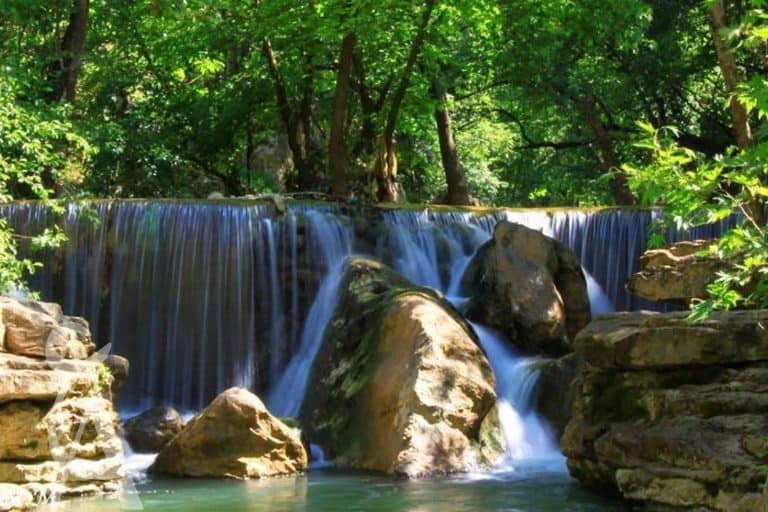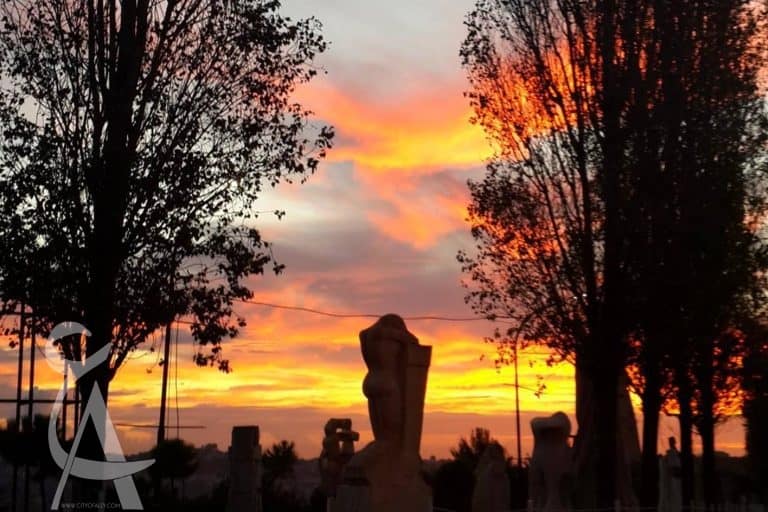Sofar – A name with many possible meanings, all of which aptly describe aspects of this beautiful village … the whistle of the bird, which is perhaps a metaphor to describe the sound of the winds for which Sofar is inseparable; “asfar” (or yellow) for the color of the early morning rays of the sun as they rise over the mountains, and the kaleidoscopic autumn leaves that mark the change of the seasons.
Whatever its etymology, Sofar is a village like no other, a village (almost) frozen in time.
Located in the district of Aley at an average height of 1300 m above sea level, 27 km from Beirut, overlooking the Lamartine Valley and surrounding gorges, Hammana and Falougha, Sofar is situated close to Mdayrej and the summit of Dahr el Baydar, once a popular ski center.
It is truly a village of four splendid seasons, attracting visitors all year round, whether for its cool, refreshing summer breezes, or the sheer beauty of fluffy white snow flakes on its tree-lined streets and icicles dripping from turn-of-the-century eaves.
Famous also for its fog, at certain times of the day Sofar becomes enveloped in a cloud of white mist, rolling in from the Lamartine.
In the past, Sofar was also known as Ain Sofar, for its water sources. There are several other “ains” – Ain Ibrahim, Ain Sursock, Ain Beit Tabet, Ain Saaf-Saafi.
Sofar receives heavy snow during the winter, often reaching over 1 metre. Temperatures usually drop to less than zero during the months of December and January. Nevertheless, it experiences moderate and dry summers, which is why it has long been considered a perfect destination for Beiruti residents escaping the humidity of the coastline during hot summers.
Characterized by its high position on the top of the mountain and the valleys surrounding it, Sofar became a favorite high-society summer resort.
The village owes its celebrity to the railway, built in the 1880s, linking Beirut to the Bekaa Valley and Damascus. The easy access and its stunning scenery overlooking the beautiful Lamartine Valley attracted Beirut’s Haute Bourgeoisie, who built lavish villas.
It was a hub of luxury and sophistication luring the business of kings, emirs, artists and politicians.
Before 1950, Sofar was a passageway and a rest stop for passers-by between Lebanon and Syria. With the construction of the Grand Hotel Sofar in 1885 and the building of the railway line, commercial movement flourished and the town became a popular holiday destination. And maintained its position until 1982 .
Sofar is still admired today for its architecture, luxurious villas and rich history.
Since 2001, Sofar has been the home to Lebanon’s largest bridge – stretching 5.5 kms.




















